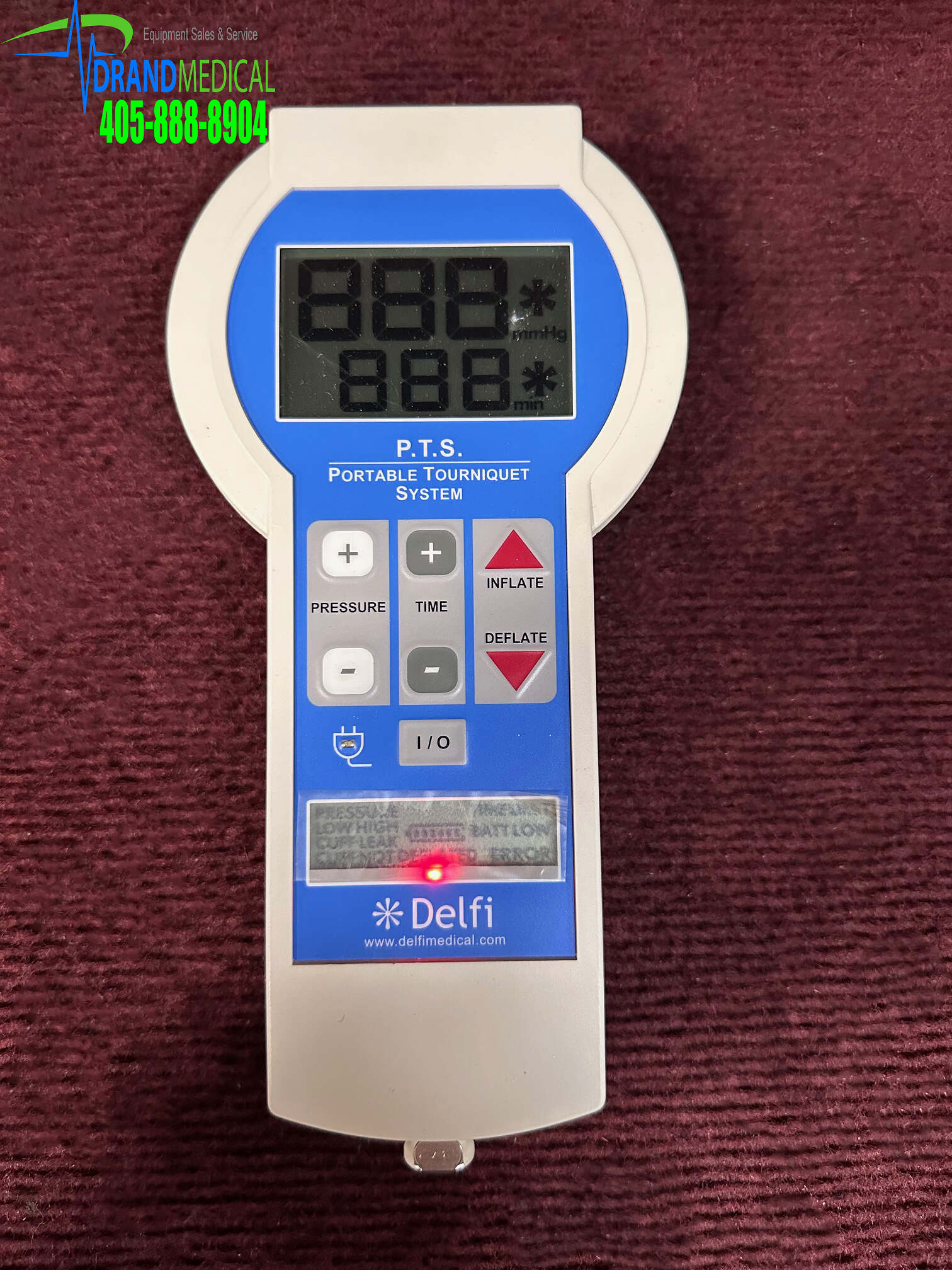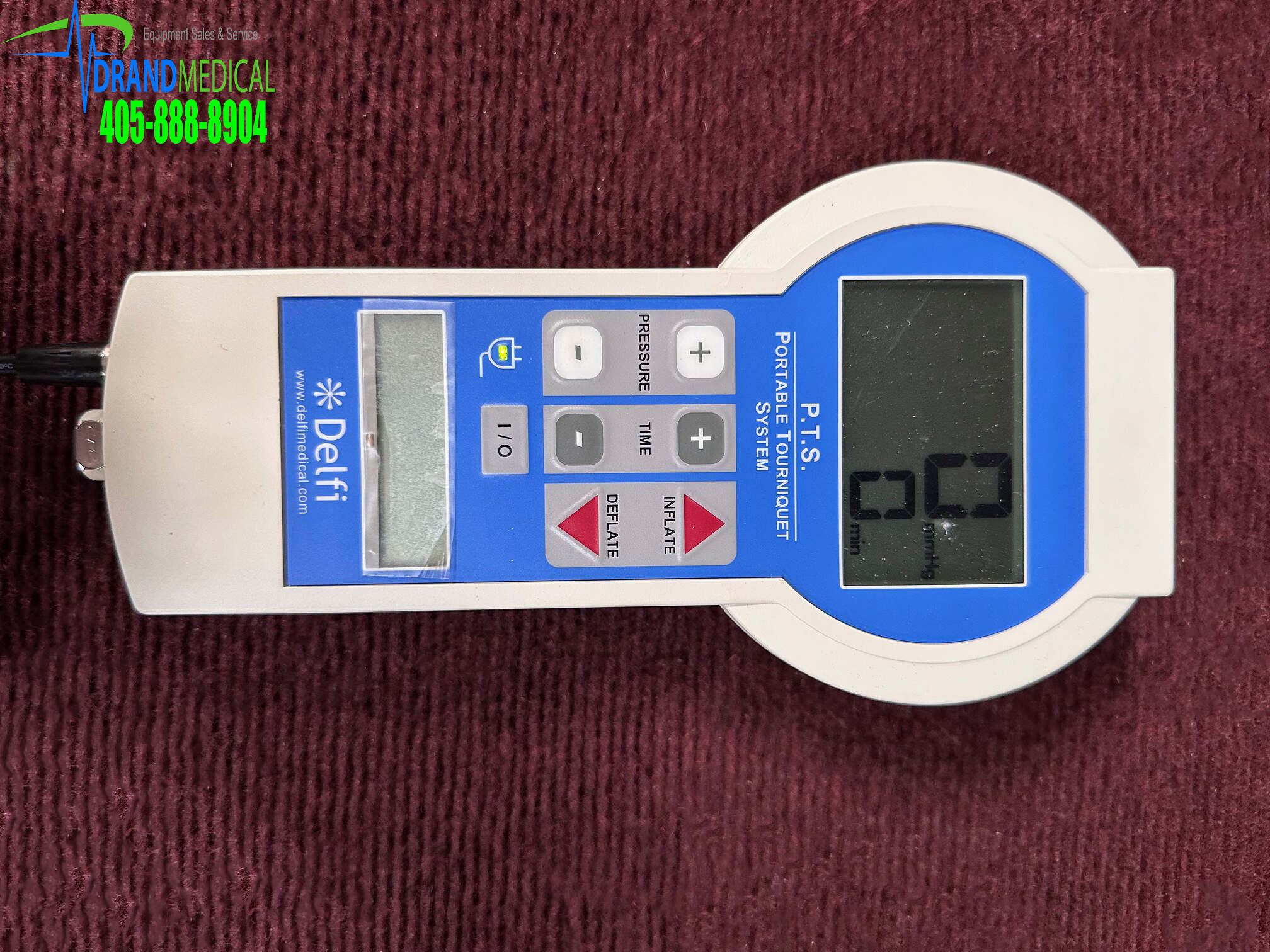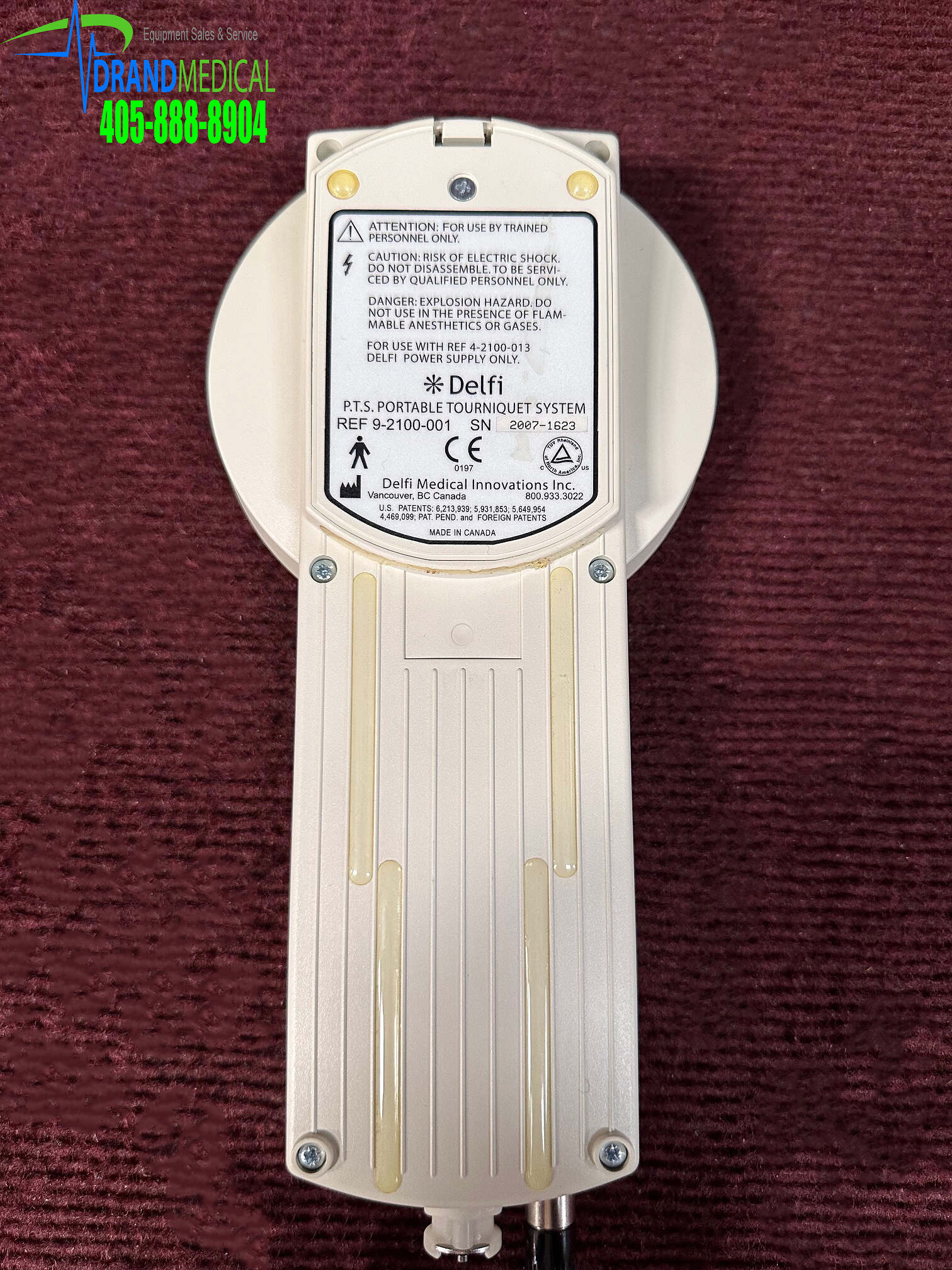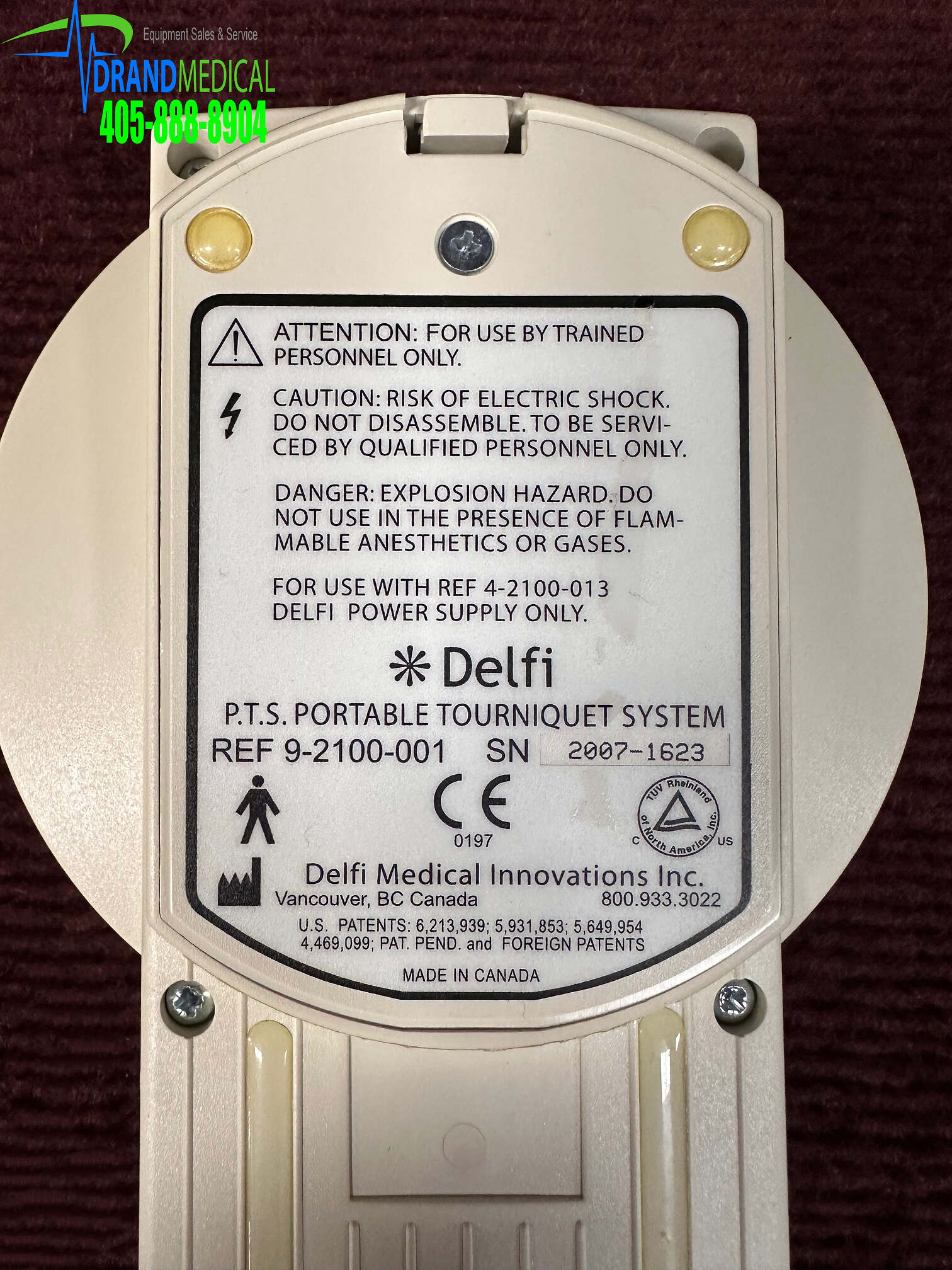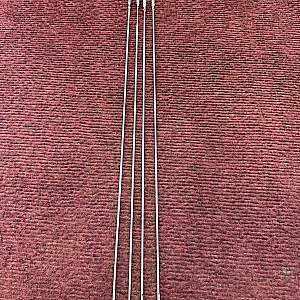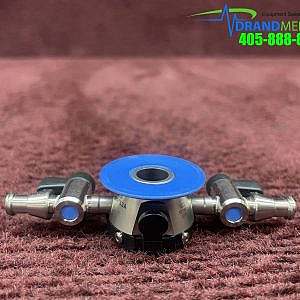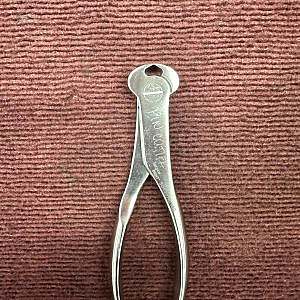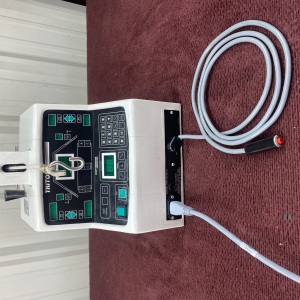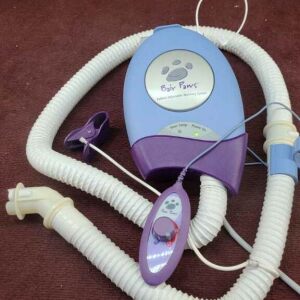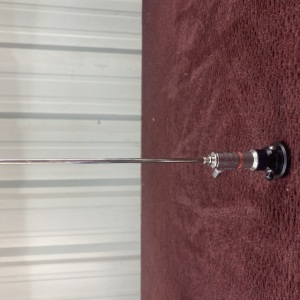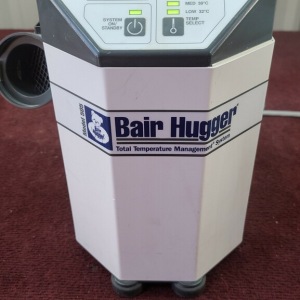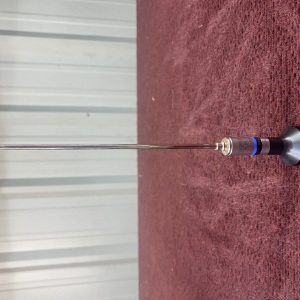Description
1.1 INTENDED USE
The Delfi Portable Tourniquet System (P.T.S.) is intended to be used by qualified medical professionals to temporarily occlude blood flow in a patient’s extremity during surgical procedures on that extremity. Tourniquets are generally used for operations lasting less than 90 minutes. Tourniquets have been found useful in producing a bloodless operation field in surgical procedures involving the extremities including:
-Reduction of certain fractures – Kirschner wire removal
-Tumor and cyst excisions -Knee joint replacements
-Arthroscopy of certain joints -Replacement of finger joints
-Bone grafts -Amputations
-Subcutaneous fasciotomy -Nerve injuries
-Tendon repair -Total wrist joint replacement
WARNING: Do not use tourniquet cuffs to control the distal flow of CO2 or any other gases used as a distention media. Tourniquet cuffs have not been evaluated for safety or effectiveness in controlling gas flow beyond the surgical site during arthroscopic insufflation procedures. Possible effects of using a tourniquet cuff in this manner include serious subcutaneous emphysema proximal to the cuff.
1.2 CONTRAINDICATIONS
Refer to the medical literature for possible contraindications to tourniquet use. A partial list is provided below, however in every case the final decision to use a tourniquet rests with the attending physician.
-
Open fractures of the leg
-
Post-traumatic lengthy hand reconstruction
-
Severe crushing injuries
-
Diabetes mellitus
-
Severe hypertension
-
Elbow surgery (where there is concomitant excess swelling)
-
Skin grafts in which all bleeding points must be readily distinguished
-
Compromised vascular circulation, e.g., peripheral artery disease
-
Sickle cell disease or trait (relative contraindication, see PRECAUTIONS IN USE).
-
Secondary or delayed procedures after immobilization.
1.3 PRECAUTIONS IN USE
-
The tourniquet system must be kept well calibrated and in operable condition. Accessories should be checked regularly for leaks and other defects.
-
The tourniquet cuff must never be punctured; therefore towel clips used near the system must be handled with special care.
-
Cuffs with inner rubber bladders must be completely enclosed by the outer envelope to preclude ballooning and possible rupture of the bladder. Cleaning and assembly instructions of the cuff manufacturer should be followed carefully.
-
Do not use an elastic bandage for exsanguination in cases where this will cause bacteria, exotoxins, or malignant cells to spread to the general circulation, or where it could dislodge thromboemboli that may have formed in the vessels.
-
The tourniquet cuff must be applied in the proper location on the limb. Tourniquet pressure and the
-
time the tourniquet is inflated on the limb should both be minimized. There is additional potential risk
-
to superficial nerves in unprotected areas; never apply a tourniquet over an area where major nerves
-
may be directly compressed against bone (eg. peroneal nerve near the proximal head of the fibula).
-
Never apply a tourniquet over the joints of the limb. Do not readjust an already inflated cuff by rotating it because this produces shearing forces which may damage the underlying tissue. Prolonged ischemia may lead to temporary or permanent damage to tissues, blood vessels, and nerves.
-
Prolonged tourniquet time can also produce changes in the coagulability of the blood with increased clotting time. Always minimize tourniquet time.
-
Tourniquet paralysis may result from excessive pressure. Insufficient pressure may result in passive
-
congestion of the limb with possible irreversible functional loss. Always use the minimum effective tourniquet pressure, as described in the medical literature.
-
Inflation should be done rapidly to occlude arteries and veins as near simultaneously as possible.
-
Careful and complete exsanguination reportedly prolongs pain-free tourniquet time and improves the
-
quality of Intravenous Regional Anesthesia (Bier Block anesthesia). In the presence of infection and
-
painful fractures, after the patient has been in a cast, and in amputations due to malignant tumors, exsanguination before tourniquet application may be done without the use of an elastic bandage by elevating the limb for 3 to 5 minutes.
-
In case of failure, the tourniquet cuff must be fully deflated and the limb exsanguinated again before reinflation. Reinflation over blood-filled vasculature may lead to intravascular thrombosis.
-
Tourniquet users must be familiar with the inflation-deflation sequence when using two tourniquet cuffs and two P.T.S. units together for IVRA (Bier Block anesthesia), so that the wrong tourniquet will not be released accidentally.
-
Test for hemoglobin type and level before using a tourniquet on patients with sickle-cell anemia. When the tourniquet is used for these patients, the limb should be carefully exsanguinated and the PO2 and pH should be closely monitored.
-
Select the proper cuff size to allow for the overlap recommended by the cuff manufacturer. Too much or too little overlap may cause cuff rolling and telescoping, unexpected release of the cuff from the limb, inability to maintain a bloodless field at normal pressures, and/or undesired pressure distribution on the limb.
-
The skin under the tourniquet cuff must be protected from mechanical injury by smooth, wrinkle-free application of the cuff. If the tourniquet cuff is applied over any material that may shed loose fibers (such as Webril) the fibers may become embedded in the contact closures and reduce their effectiveness. Follow the cuff manufacturer’s recommendations for limb protection material under the cuff. In general, a limb protection sleeve designed specifically for the cuff provides the best protection.
-
If skin preparations are used preoperatively, they should not be allowed to flow nor collect under the cuff where they may cause chemical burns.
-
Whenever the tourniquet cuff pressure is released, the wound should be protected from blood surging back by applying pressure dressings and, if necessary, elevating the limb. Transient pain upon tourniquet pressure release can be lessened by elevation of the limb. If full color does not return within 3 to 4 minutes after release, the limb should be placed in a position slightly below body level.
-
The deflated cuff and any underlying limb protection material should be completely removed as soon as tourniquet pressure is released. After the cuff has been fully deflated and removed from the patient, the unit can be set to STANDBY. Even the slightest impedance of venous return may lead to congestion and pooling of blood in the operative field.
-
Whenever IVRA (Bier Block anesthesia) is used, it is recommended that the tourniquet remain inflated for at least 20 minutes from the time of injection.
